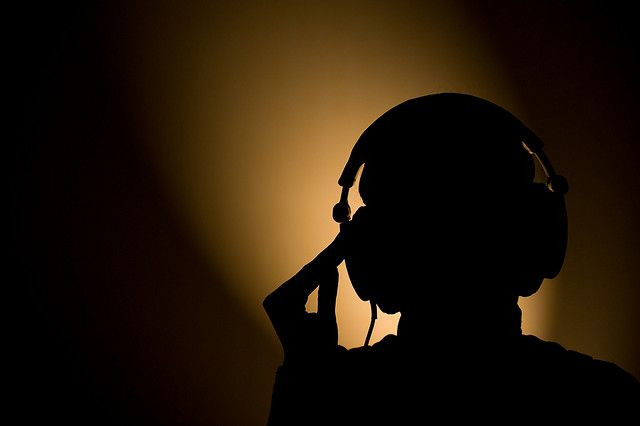Earbuds vs. Headphones: Which Will Cause Noise-Induced Hearing Loss?

It is the question each of us has asked ourselves at least once: earbuds vs. headphones? While most of us believe this debate is focused solely on the merits of sound quality, there’s a much more important health-related issue you need to address: hearing loss. The real question is: Which of the two is more likely to hurt your ears?
Short answer: earbuds are more likely to cause harm, though headphones can also do you wrong. The answer requires further explanation… but first some necessary background info.
Deaf Zone
As many as 16 percent of American teens have reported some hearing loss that could have been caused by loud noise, according to a 2010 report from the Centers for Disease Control and Prevention. This rate is about 30 percent higher than it was in the 1980s and 1990s. A slightly smaller proportion of adults (15 percent or 26 million Americans) have hearing loss caused by noise. This is a big deal for the simple reason that hearing loss cannot be repaired. Once your hearing is gone, it’s lost forever.
While undoubtedly some noise causing all that damage is environmental and often unavoidable, such as traffic, or work-related and so necessary to your survival, such as machinery, a good portion of ear-bending noise is purely optional. It’s coming from your personal listening devices, whether phone or music player, linked directly to your ears via earbuds or headphones.
Quiet sounds are not harmful, only high volume sounds need to be avoided. The amount of hearing loss you can expect from any overly-loud sound is related both to the volume, measured in decibels (dB), and the duration of exposure time, according to Dr. David Schessel, a hearing specialist and chief of Stony Brook Medicine’s Otolaryngology Head and Neck Surgery Division.
Sound at 85 dB or below is considered safe. By Schessel’s reckoning, if you listen to sounds louder than 90 dB for an average of eight hours per day, hearing loss will most likely result. And, as volume increases, the amount of safe time decreases.
So how loud are we talking? Schessel measures a soft whisper at 30dB; busy traffic at 75dB; a subway train at 90dB; a gunshot blast at 100 dB, a jet plane at 140 dB; and a rocket launching pad at 180 dB.
“Most MP3 players today can produce sounds up to 120 decibels,” Dr. James E. Foy, DO, an osteopathic pediatrician from Vallejo, California, explained in an article for the American Osteopathic Assocation. “At that level, hearing loss can occur after only about an hour and 15 minutes.”
For this reason, the rule of thumb is you should only play your music at 60 percent of maximum volume for a total of 60 minutes a day. Second rule of thumb: if you can’t hear anything around you, the decibel level is too high. Turn it down!
And so we return to our original question about earbuds versus headphones. To preserve your hearing, doctors recommend headphones, which sit on your head like earmuffs, rather than earbuds, which fit inside your ear. The main reason is earbuds naturally add about 9 dB of volume because they are closer to the ear canal. Add to that, earbuds do not block out as much background noise, so most of us will crank up the volume to unsafe levels. Plus, there are many cheap earbuds on the market which may be great in a pinch, but these poorly made products will distort sound or produce uneven levels of sound and this leads most of us, once again, to increasing the volume to harmful levels.
In the end, you're better off with old school style headphones played at a lower volume than you prefer. Don't question the wisdom of preserving your hearing. Trust us: you'll want it, later.



























